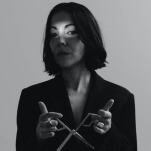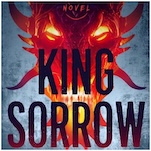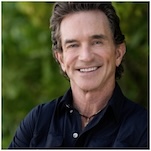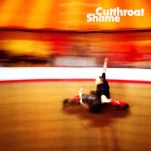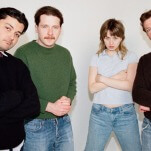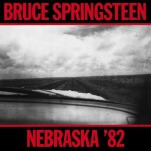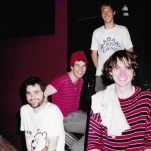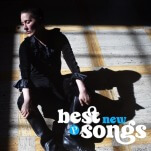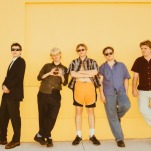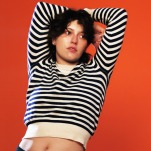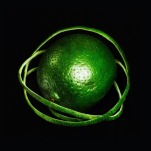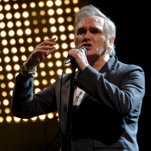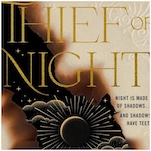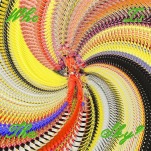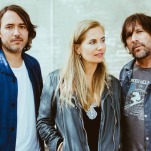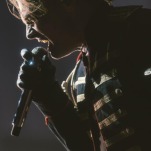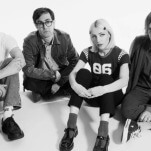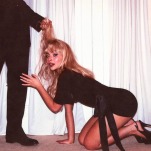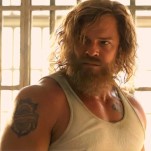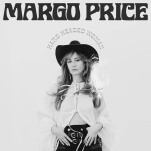Love, Hate and Other Filters: Samira Ahmed Tackles Islamophobia and First Loves in Her Debut Novel
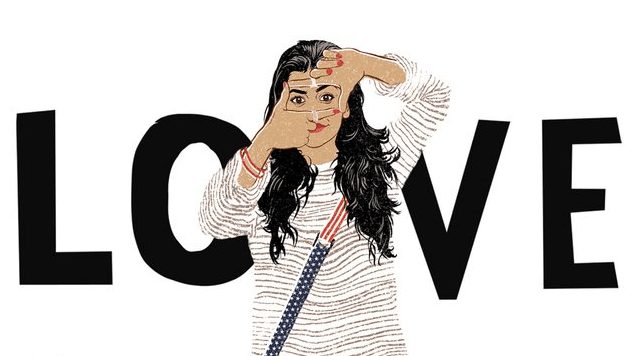
Writing an entertaining coming-of-age story that tackles Islamophobia is no easy feat, but Samira Ahmed proves that it can be done—and done well. Her debut novel, Love, Hate and Other Filters, introduces readers to Maya Aziz, a 17-year-old with dreams of going to film school. As a member of the only Indian American and Muslim family in her small Midwestern town, Maya finds herself caught between two worlds…and two love interests. But when the prime suspect of a terrorist attack happens to share her last name, she’s catapulted into a frenzy of fear and bigotry.
We’ve been fans of Ahmed’s novel ever since we revealed the cover last summer, so we were thrilled to chat with her ahead of the book’s release today. Check out our interview below, in which Samira talks about the childhood incident that inspired Love, Hate and Other Filters, her upcoming sophomore novel and her message to the Mayas of the world.

Paste: I read on your blog that you began writing Love, Hate and Other Filters eight years ago. What sparked your idea for this novel back then?
Samira Ahmed: It took eight years, but it wasn’t quite non-stop writing for eight years. I just want to put that out there, in case any aspiring writers get freaked out!
I had this initial idea, and it was a convergence of a few different moments of inspiration. One was an incident of Islamophobia when was living in New York after 9/11. Around this time when I got the idea, a cab driver was driving someone around in his cab. And the person asked him something to the effect of “Are you Muslim?” before stabbing him. Reading about that jogged my memory about an incident from when I was a small child. I was about seven or eight years old, and it was during the Iran Hostage Crisis. I was in Chicago, and this grown man yelled at me—a kid—and he said, “Go home, you goddamned fucking Iranian!” I’d never heard language like that before in any capacity. And I was so shocked, because I was like, “Doesn’t this person understand that I’m Indian?”
It gave me a realization at a really young age that racists are bad at geography. Racists are not discerning, and they’re not exclusive.
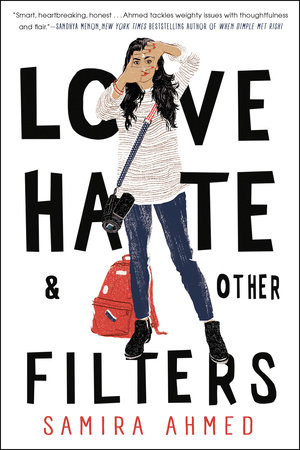 Paste: The novel tackles everything from Islamophobia to first loves. How would you describe it to readers?
Paste: The novel tackles everything from Islamophobia to first loves. How would you describe it to readers?
Ahmed: It is a coming-of-age story, and Maya is dealing with a lot of issues that any high school kid is dealing with. It just so happens that Maya has these intersectionalities; she is the child of immigrants, she’s Indian American and she’s Muslim. So it adds multiple layers of complexity to her coming-of-age experience, regardless of the fact that she’s growing up in a small town where she’s the only Muslim, the only Indian American. And she’s been dealing with micro-aggressions her whole life—dealing with the questions so many people of color deal with in America. Like, “Where are you really from?” Her response is, “I’m really from here!” And then she’s confronted with Islamophobia in a way that she hasn’t been before, and nothing from her past can prepare her for that. It’s a moment where her world and things she knows are shattered.
Love, Hate and Other Filters is a coming-of-age story that deals with the complexities of being “othered” despite living your own American life.
Paste: Did you incorporate any of your own teen experiences into the book?
Ahmed: Maya is growing up in the same town I grew up in: Batavia, Illinois. We were also the first Indian American Muslim family to move into our town; it’s a small, pretty white suburban Chicago town.
Of course, I’m a lot older than Maya, so I was going to school at a different time. But some of those experiences that Maya has of being the only one and feeling, as she says, the burden and also the desire to do right by her parents to hang onto this culture that she loves are similar to mine. But I don’t think that they’re unique just to me; a lot of kids have that experience of, “Here’s the path I want to take, and it doesn’t exactly mesh with the path that my parents or my family or other people want me to take.”
Paste: What would you like to say to the Mayas reading this?
Ahmed: For any kid who is experiencing the kind of othering that Maya has felt—the bigotry or prejudice—I want to make it clear that I believe so strongly that there is no other, there is only us. The experience of Asian Americans in America is the American experience. The experience of Black Americans in America is the American experience.
We are putting such a heavy burden on so many of these kids coming from backgrounds where they are othered, whether it’s from ethnicity or race or sexual orientation or disability. Many of these kids have to work twice as hard or four times as hard to get half as far, and it’s so deeply unfair. I want them to know that they are seen, they are known, they are loved and they’re enough. They don’t have to be something more, and we are not going to let the lights go down on them.
Paste: Your sophomore novel, Mad, Bad and Dangerous to Know, is already scheduled for a 2019 release. What can you tell us about your next book?
Ahmed: It’s a literary mystery that follows a young woman whose parents are French and Indian American, and her family goes to Paris annually. While she’s in Paris, she meets the descendant of Alexandre Dumas. (He doesn’t have young male descendants that I’m aware of—that part is fictional.) So she meets his descendant, and they uncover references to a Muslim woman in the 19th century in letters between Eugène Delacroix and Dumas. It sets them off on this adventure through the literary history of France. At the same time, it’s a dual narrative, so we see part of that woman’s story as told through her point of view. And that piece is inspired by an epic poem by Lord Byron called The Giaour.
Paste: That sounds very different from Love, Hate and Other Filters!
Ahmed: Well, they’re both coming-of-age stories. And one thing I did for both books is that, when I get an idea for a novel I write a short story with the first shadow of a character. I call that my “treatment.” When I’ve written that short story, it gives me a sense of whether or not it’s a world I want to live in. Does the story have legs? Having that story gives me a guide into the journey of the book.
Paste: Will readers ever get to see the short stories?
Ahmed: In Mad, Bad and Dangerous to Know, almost the full text of the short story is in the book so far. And in Love, Hate and Other Filters, a small portion made it into the first chapter in the wedding scene.

Love, Hate and Other Filters is available now from Soho Teen.





